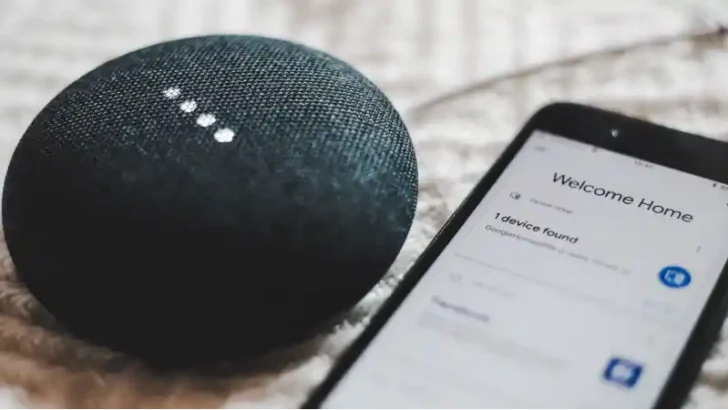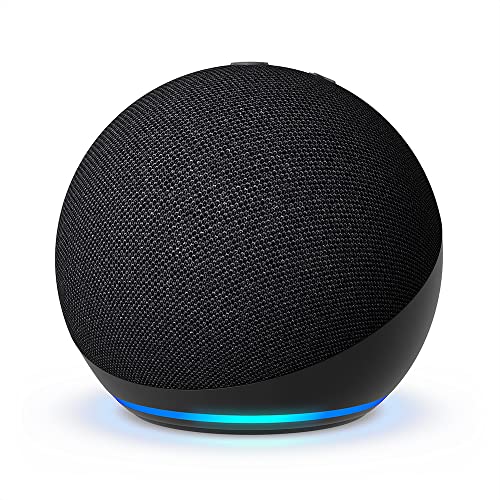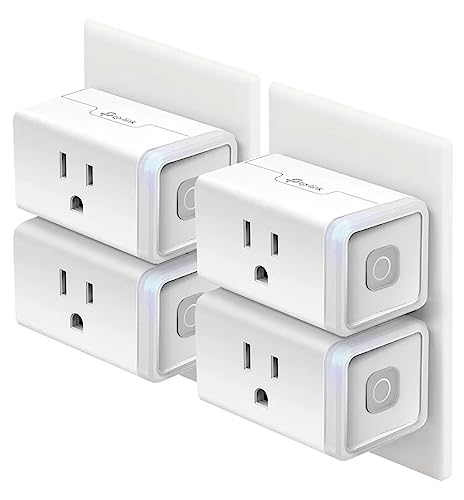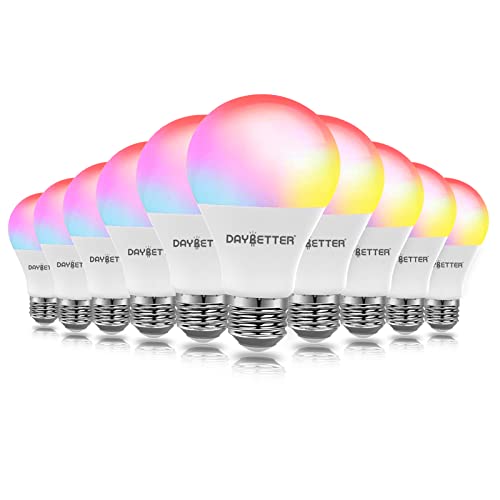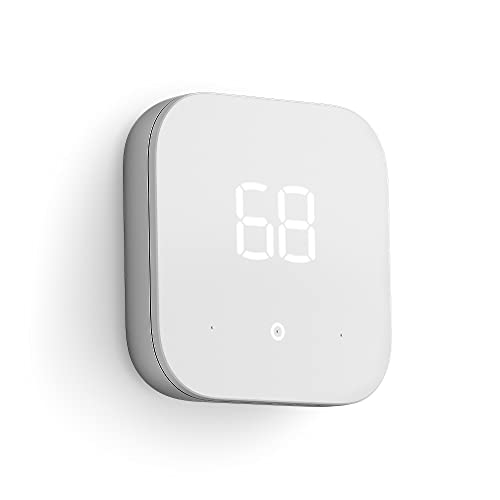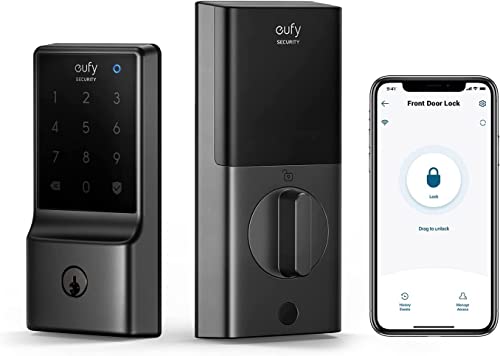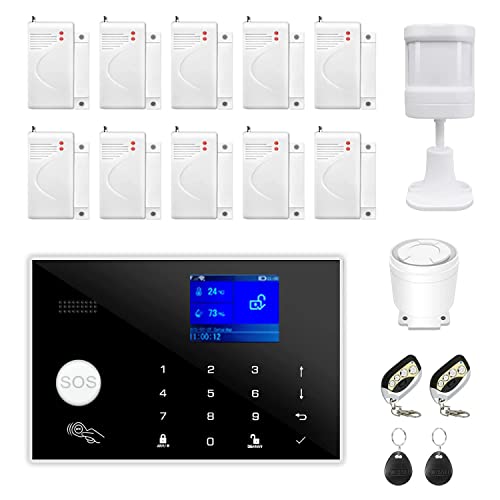Disclosure: This post may contain affiliate links, meaning we get a commission if you decide to make a purchase through our links, at no cost to you. Please read our disclosure for more info.
Embarking on the journey to transform your living space into a smart home installation is an exciting venture. The allure of unlocking your front door with a phone, commanding lights with your voice, and effortlessly managing your home’s ambiance is within reach. This comprehensive guide aims to simplify the intricate process of setting up a smart home, offering insights into connectivity, voice control, and selecting the best products.
In This Post:
- Understanding Connectivity Protocols
- Voice Control: The Easy Place to Start
- Smart Plugs: Transforming Ordinary Devices
- Smart Lights: Illuminate Your Home Smartly
- Smart Thermostat: Effortless Climate Control
- Smart Locks: Secure and Convenient Access
- Home Security Systems: Comprehensive Protection
- Incorporating Smart Home Installation
- Beyond the Basics: Exploring Advanced Smart Home Devices
- Smart Homes Evolving
- FAQ
- What Are the Fundamental Connectivity Protocols in a Smart Home?
- How Do I Start Setting Up My Smart Home with a Focus on Simplicity?
- What Is the Advantage of Using a Hub in a Smart Home Setup?
- Can You Suggest an Easy Solution for Transforming Ordinary Devices into Smart Ones?
- How Can I Enhance Home Security Through Smart Technology?
Understanding Connectivity Protocols
The foundation of a smart home lies in the connectivity protocols that devices use. While Wi-Fi and companion apps enable direct control for some devices, others rely on protocols like Zigbee and Z-Wave, communicating through a hub. The advantage of a hub is consolidating control under one app, simplifying the management of diverse smart devices.
Selecting Smart Devices for Your Home
Navigating through the plethora of smart home products can be daunting, but breaking down the process simplifies the journey. Begin by choosing one or two devices, focusing on your preferences and needs. Explore the following categories to kickstart your smart home setup.
Voice Control: The Easy Place to Start
Voice assistants serve as a popular and accessible method to control connected devices. Smart speakers, such as Amazon Echo or Google Nest, offer a range of choices, providing voice control via Amazon Alexa, Apple Siri, or Google Assistant. These speakers act as a gateway to a seamless voice-controlled smart home experience.
Smart Plugs: Transforming Ordinary Devices
Before delving into dedicated smart home products, leverage smart plugs to convert regular devices into smart ones. Easily control lamps, fans, and coffee makers by plugging them into a smart plug. This simple solution adds smart functionality to ordinary devices, enhancing convenience.
Smart Lights: Illuminate Your Home Smartly
Smart light bulbs offer individual or group control, allowing configuration of color, temperature, and brightness. Easily installable, these bulbs enable automated lighting based on your preferences. Consider smart wall switches for existing fixtures, but professional installation may be required.
Smart Thermostat: Effortless Climate Control
Smart thermostats provide remote control of air conditioning and heating, adjusting based on your schedule, location, and connected devices. With easy installation and compatibility with various HVAC systems, smart thermostats enhance comfort while optimizing energy usage.
Smart Locks: Secure and Convenient Access
Enhance home security with smart locks, allowing smartphone-controlled locking and unlocking. Manage access for family, friends, or workers with ease. Some models support voice commands and fingerprint access, combining convenience with advanced security features.
Home Security Systems: Comprehensive Protection
For a holistic security solution, consider a smart home security system. With door sensors, motion detectors, and cameras, these systems provide complete coverage. DIY options offer easy installation, while professional services ensure a more hands-off approach.
Incorporating Smart Home Installation
Now that you’ve selected your smart devices, it’s time to focus on the installation process. Smart home installation involves setting up and connecting devices to ensure seamless operation. Follow these steps for a successful smart home installation:
Installation of Smart Devices: Smart Home Installation Basics
- Begin by carefully following the manufacturer’s instructions for each device.
- Ensure a stable Wi-Fi connection for devices that operate directly without a hub.
- For devices using Zigbee or Z-Wave protocols, connect them to a compatible hub according to the hub’s instructions.
Syncing Devices with a Hub: Streamlining Smart Home Control
- If using a hub, follow the hub’s setup process to sync all connected devices.
- Verify that all devices are recognized and responsive within the hub’s control interface.
Voice Control Integration: Enhancing Accessibility
- For voice-controlled devices, link them to your preferred voice assistant (Amazon Alexa, Apple Siri, or Google Assistant).
- Test voice commands to ensure seamless communication between devices and voice assistants.
Smart Home Security: Installing Smart Locks and Security Systems
- Install smart locks following the manufacturer’s guidelines, and set up access controls through the associated app.
- If installing a smart home security system, strategically place sensors and cameras as per the system’s guidelines.
Beyond the Basics: Exploring Advanced Smart Home Devices
Venturing beyond the basics opens up a realm of advanced smart home devices designed to cater to specific needs and elevate your living experience. Consider integrating smart sprinkler systems into your outdoor space, allowing automated watering based on weather conditions, ensuring a lush and well-maintained lawn. Explore the convenience of robotic lawn mowers, freeing you from the task of manual mowing as these devices autonomously navigate and trim your grass.
For those passionate about outdoor cooking, program a recipe into a smart grill to achieve perfectly smoked ribs and other barbecued delights. The world of advanced smart home devices extends far beyond the confines of indoor automation, offering innovative solutions to enhance your outdoor environment and leisure activities.
Smart Homes Evolving
It’s crucial to acknowledge that while smart home devices offer immense capabilities, achieving a seamlessly integrated system can be a continual process. No single app controls everything, and perfect device synergy is an ongoing pursuit. Set realistic expectations, focusing on addressing daily pain points to make the most of your smart home.
FAQ
What Are the Fundamental Connectivity Protocols in a Smart Home?
The fundamental connectivity protocols include Wi-Fi for direct control and Zigbee/Z-Wave for devices communicating through a hub.
How Do I Start Setting Up My Smart Home with a Focus on Simplicity?
Begin by selecting one or two devices based on your preferences. Explore categories like voice control, starting with popular smart speakers like Amazon Echo or Google Nest.
What Is the Advantage of Using a Hub in a Smart Home Setup?
A hub consolidates control under one app, simplifying the management of diverse smart devices that may use different protocols.
Can You Suggest an Easy Solution for Transforming Ordinary Devices into Smart Ones?
Leveraging smart plugs is a simple solution. Plug them into ordinary devices like lamps or fans, enabling smartphone control and adding smart functionality.
How Can I Enhance Home Security Through Smart Technology?
To enhance home security, consider using smart locks that enable smartphone-controlled locking and unlocking. Some models support voice commands and fingerprint access for added convenience and security.

